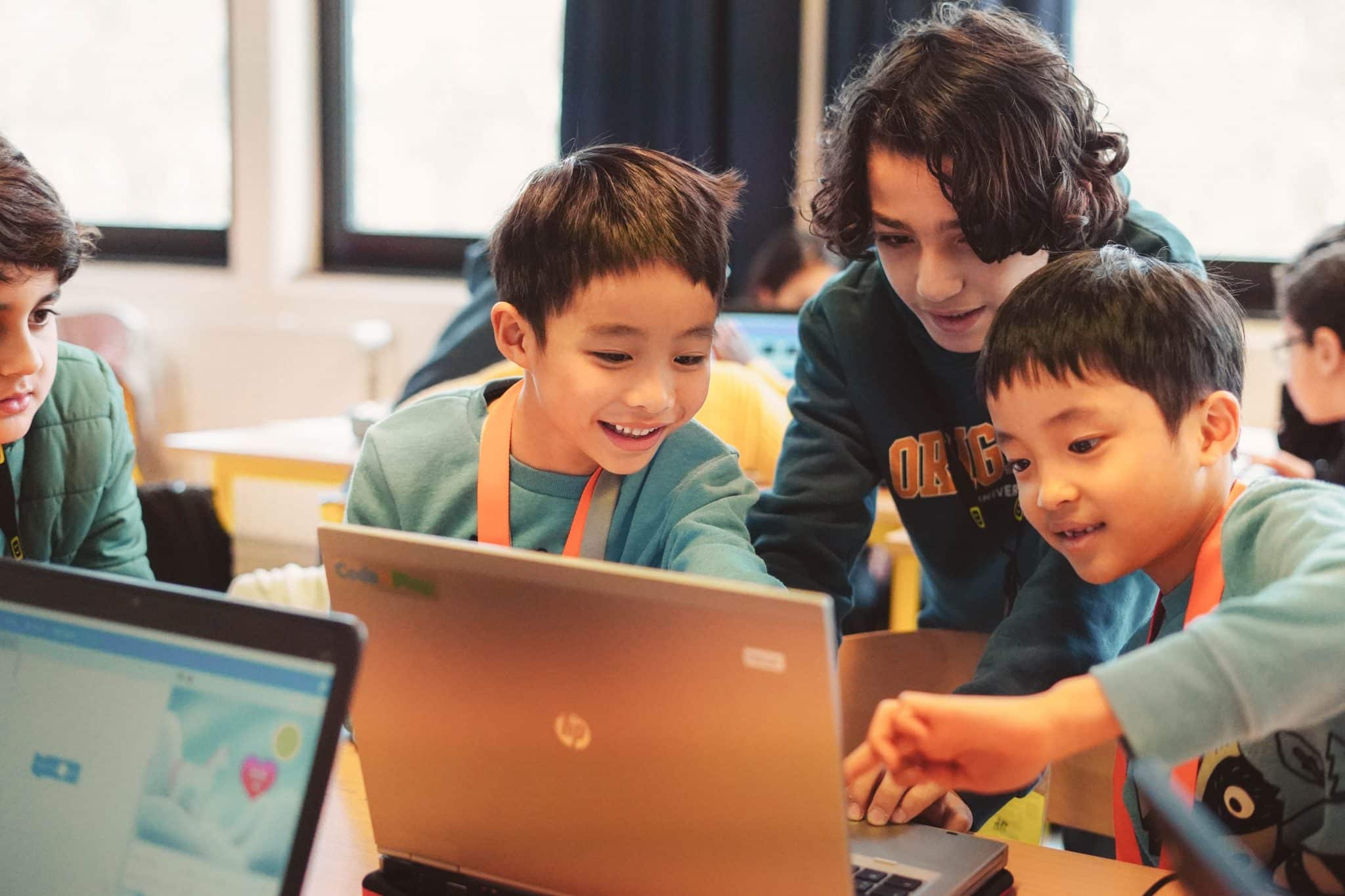While the internet has grown and evolved, bringing us countless benefits, the challenges related to online safety have also expanded. From cyberbullying and online harassment to identity theft and fraud, the dangers of the internet are complex and ever-evolving. That’s why our company remains dedicated to addressing these challenges, working to ensure that all internet users can enjoy the many benefits of the internet while remaining safe and protected from potential harm.
As we celebrate the 20th anniversary of Safer Internet Day, a day dedicated to raising awareness for the safe and responsible use of online and mobile technologies, we take a moment to look back at our contributions in helping to create a safer internet.
Since 2007, we have supported Safer Internet Day because we feel the best way to protect younger users is to educate and empower them. Our strategy for protecting children online is centred on developing resources aimed at educating parents and teachers and empowering children to protect themselves online, while discovering the exciting and endless opportunities of the digital world.
We have worked in partnership with European Schoolnet (EUN) for sixteen years focusing on this shared goal of creating educational tools to protect children online. Together we have created seven toolkits and a series of educational videos that aim to educate on online safety issues such as security, communication, and cyberbullying while offering parents, teachers and young people advice on how to overcome these issues. Our toolkits have reached over 3.4 million people and have been translated into many languages. See the full list below.
We also recognised the growing needs of schools and teachers for assistance in implementing online safety programs. In 2012, we became a founding partner of the eSafety Label project, a scheme helping schools review and implement eSafety practices. Through an accreditation process, schools are assessed against a set of criteria to determine areas of strength and weakness and highlight aspects of online safety that need further development. The associated portal, used by over 12,000 schools from across 70 different countries, provides resources that support schools to improve their infrastructure, policies and safety practices.
Our strategy to protect children online extends beyond these initiatives to hosting events like our ‘digital coding camp’ for kids in Belgium, which nearly 900 children attended, to working with the EU to support the new ‘Better Internet for Kids’ strategy. We believe education plays a critical role in ensuring that parents and teachers have the right knowledge and skills to guide children appropriately, and ensures children are fully aware of both the benefits and dangers of the online world. Safer Internet Day 2023 is a celebration of all we have achieved in this space and a reminder of the role we play in creating and maintaining a better online world.
2008 “Family e-Safety kit: Taming the web,” for children ages 6–12 years old. The kit explores online safety issues such as security, communication, cyberbullying and entertainment, while offering parents, teachers and young people advice on how to overcome these issues. Distributed in 18 languages
2011 “Play and learn: Being online,” for children ages 4–8 years old. This resource provides younger internet users with a glimpse of how technology can impact their lives, and delivers messages for keeping safe online. The toolkit is available in 16 languages.
2012 Liberty Global and EUN launched an awareness-raising video that tackles the parental concern of ‘Who are your kids talking to online?’ encouraging parents to actively engage with their children regarding their online activities. The video is available in 8 language versions, it has been distributed and endorsed by The Confederation of Family Organisations in the European Union.
2013 Liberty Global and EUN partnered with Google to create ‘The Web We Want’ an educational handbook for 13-16 years. It covers topics such as freedom of expression, thinking before you post, staying in control of what you share online, how people present themselves to the world, content sharing, and privacy protection.
2013, the eSafety label project launched, a multi-stakeholder initiative by European Schoolnet which we are part of. The eSafety label is a European-wide accreditation and support service for schools to review their own eSafety practices against internationally-agreed standards.
2015 ‘Web We Want Handbook for Educators’, containing teacher lesson plans for helping young people develop the creative and critical thinking skills essential for a fulfilled life in the world of tomorrow.
2017, we worked on customer experience to promote e-safety in our products. The focus was on teaching parental controls and ensuring all countries had clear documentation for our products.
2020 ‘Not Concerned About ESafety at your School? Here’s why you should be!’ An engagement guide for schools. Developed with European Schoolnet and a co-creation process, in collaboration with a dedicated group of four European teachers.
2021 Let’s make online safe: Tips on staying safe online,” Aimed at our youngest users where we take them on a quick animal lead journey with tips for staying safe online. Launched in 8 languages.
2022 “eSafety label Privacy Tip Guide for Educators” was launched with European Schoolnet. The guide helps teachers understand the GDPR laws that protect privacy and personal data.







